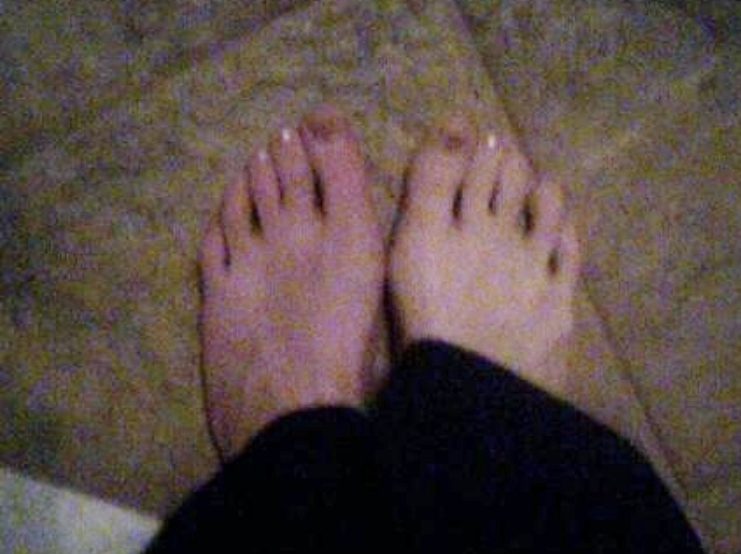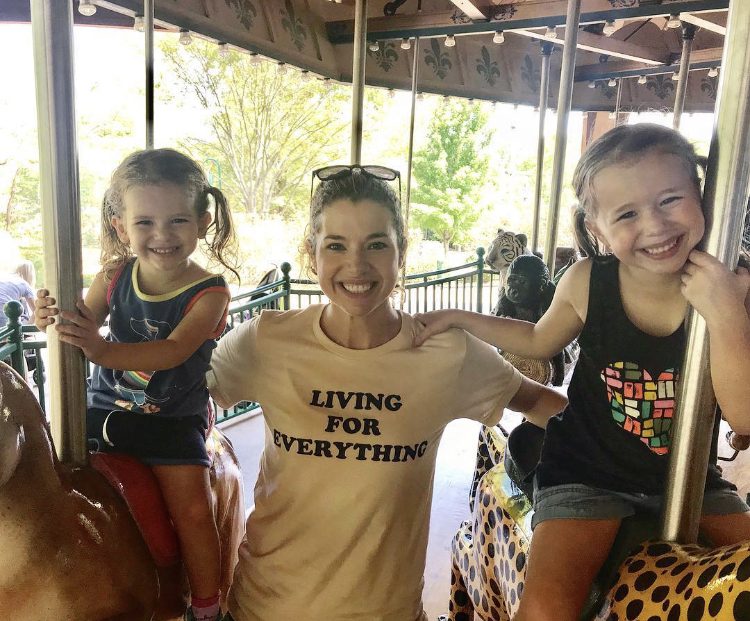Written by Christopher Skinner for the RSDSA blog.
Your struggles don’t have to be lonely or a family struggle! There are good people out there to help!
I am a Christian man with full body Complex Regional Pain Syndrome (CRPS). I have been full body for about a year now. I was playing basketball with two students at a drug and alcohol rehabilitation school working as a student advisor/teacher and was forcefully pushed from behind causing me to fall into a heavy stage bench. This caused me to tear my rotator cuff, hit my head, and hurt my neck. Either this event or the surgery about five months later caused me to develop CRPS in my entire right arm. I also believe to have CRPS in my neck although beyond an MRI, I have never had this looked into any further to this point in time. I have experienced significant spread over the past six years. As far as diagnosis goes, my orthopedic surgeon was hinting at the fact for a while, however, I was not officially diagnosed until my birthday by a workers’ compensation independent medical evaluation doctor about a year and a little under two months later. I did not fully understand the diagnosis for about three years after that and now there are still a lot of things that “defies any logic!” I have been fighting for some assistive devices since 2015 and others since June 2018. Bills and everything else got way ahead of us. Sometimes you have to reach out for assistance, even if you have a lot of pride due to a previous situation. This is the purpose of this article.
Never be ashamed to ask for help if you need it.
The first time we got help was from the RSDSA Jenkins Patient Assistance Fund. I thank God each and every day for the help they provided with our heating during a long winter and perhaps the greatest gift was a person reaching out to me. I was stuck in the phase of, “Maybe this is as good as it gets” for a really long time. Most of the ideas were shot down by the fastest gun in the east, but one stuck leading me to another method of help. This person knows who she is and I am forever in her debt as I am firmly the “Engineer behind my own healthcare.” She also taught me that, “Physical illness is not a weakness of yourself, rather a weakness of the body and strength is measured by your heart and your mind.” When someone offers their help and support, do not shut them out due to pride.
When I was a lot younger, I was disabled and I did ask for help so it is the most painful thing for me now. I received help and I was gracious for it, but after a year and a half into my disability of only receiving $499 of cash assistance and having two children, I was judged by people that I loved making it hard for me to ask for any help ever again. I had a cyst removed in 2007 and started working so much that I missed life. I even began to go for my master’s degree in mental health counseling during this point and had all of my coursework complete. I developed so many roles that it made the process of becoming disabled so much more difficult for the second time (I will do a second blog post about the mourning process and CRPS later). I was injured in 2013 and in June of 2018. I was given a wheelchair accessible van and electric wheelchair. I had been fighting ever since for OT items and PT items including a ramp and a lift chair. The current law in New York state for workers’ compensation may not allow for a wheelchair accessible van in full. Many of my falls were from going up and down our stairs. Even though New York state workers’ compensation law 442.3 was on my side as the bills were submitted, causally related, and not paid or challenged within 45 days for my wheelchair and the van. I could have been all set up by the end of August for these two items. Needless to say I was left with no other option than to ask for help and I am so happy that I did.
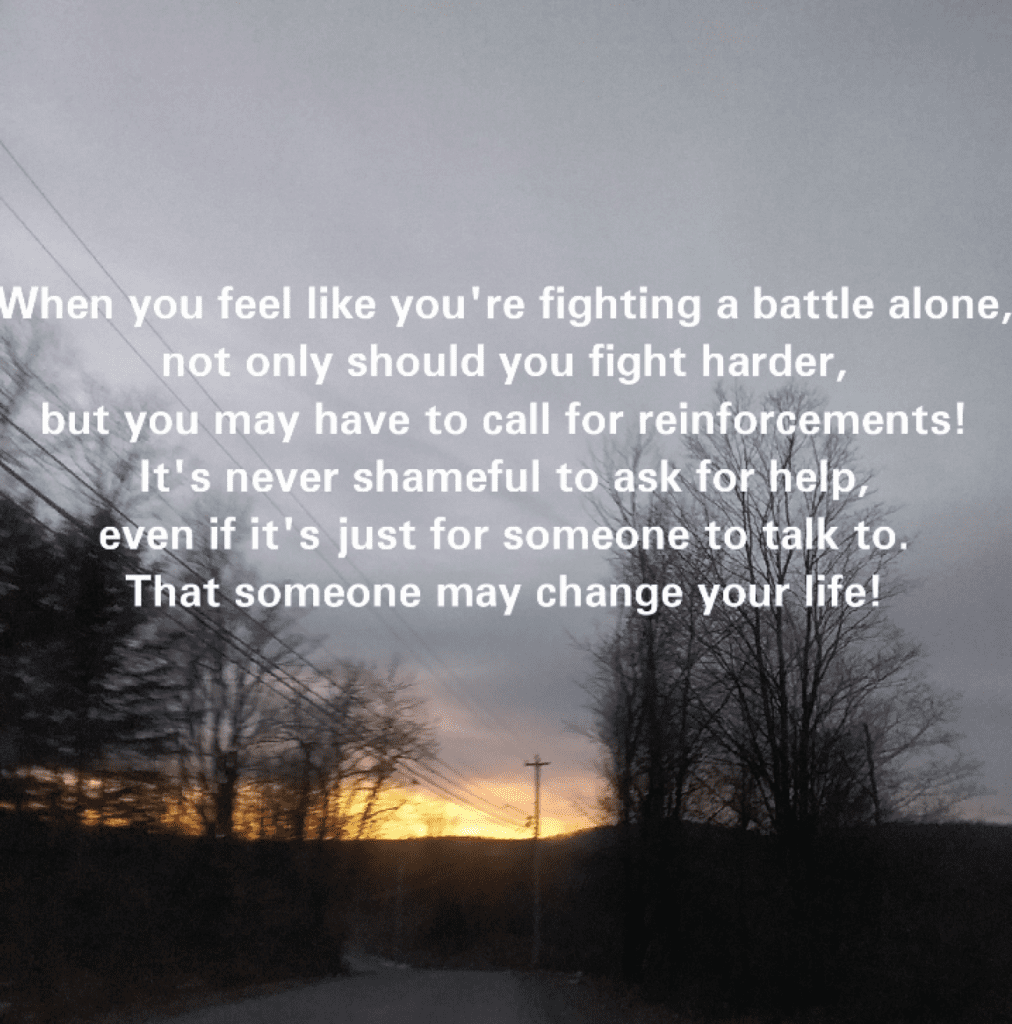
I learned about the Grace Ridge Church through a program that they did at the Damascus School and learned at the Area of the Aging that every once in a while they complete projects like wheelchair accessible ramps for those in need. I contacted my fourth grade teacher regarding the project, as I knew she went to the church, who then contacted George Maxson from the Grace Ridge Church. A few days later, I got a phone call from George saying that out of dozens of people I was chosen for the project. Mrs. Alexander and her husband were both teachers of mine and I sent just a five paragraph message explaining what I had and what was going on. George came to our house for what I thought would just be for a wheelchair ramp, but then he started asking what else I needed to be done. Our house was built in 1806, I believe, but it is in great shape for its age. However, there is quite a bit of work that needs to be done to our house to fix it 100%. Back in my prime, I would have been able to do much of the work, but I am not a spring chicken at 38. The greatest gift George gave to us was inviting the family to 3:16 fest in Honesdale, PA and Brit Nicole spoke to my family causing a significant change. The mission group was going to come earlier, so George was able to get several guys together to make the ramp functional until the men’s mission group from the First Presbyterian Church in Endicott, NY was able to come to finish the ramp. The men from the Grace Ridge Church came here on Saturday morning and did not complain once about using their days off to help my family and I. There were hiccups because they forgot to order a lot of the supplies, but I have never seen a more patient bunch of men. We will never forget what they did for us.
Then November came and I was able to educate individuals from the First Presbyterian Church in Endicott, NY about CRPS and other struggles that we face on a daily basis. The added struggles that each of us can face can make our lives harder and even unbearable. The men that took the time to come here prayed with our family on a daily basis, listened to my testimony, prayed over me, and allowed our boys to work right along with them while sharing their lives with them. When they were done, we had working electric in our basement again, trees cut up out of our yard, a beautiful wheelchair ramp, our old windows covered with plastic, a clean yard, newer furniture, and the greatest gift of all a brand new bible with explanatory text on the side. Each one of the men signed the bible with a special message not just for me, but for our entire family. Chris shared a special verse for the boys which is now a part of my new favorite set of verses from the bible. Each man shared a piece of themselves in some way that touched us forever. I am able to deal with a flare better with God’s help and that is through reading the bible, listening to Christian music and sermons, or by reaching out to friends for help.
Here is a photo of some of the men who helped us out. The wheelchair ramp is unfortunately covered up, but the work by their hands is impeccable. Pastor Tim is missing from the photo. Vinnie Canosa who took the photo is from Grace Ridge and the other men from Grace Ridge Church are also missing except for George Maxson was with us the entire time. Thank you to everyone and God bless all of you!
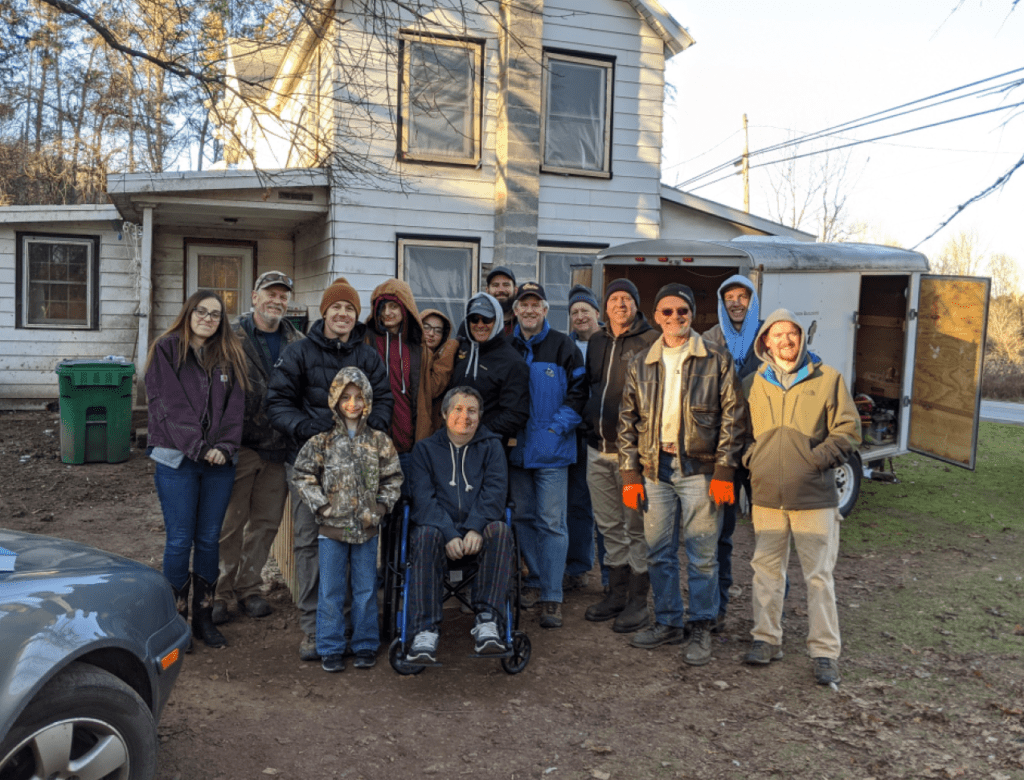
I have received additional help from Vitalitus which makes a supplement of superior quality called Palmitoylethanolamide. This supplement works by helping to calm down your body’s glial cells in CRPS. According to Dr. Chopra, an amazing doctor who specializes in CRPS, glial cell activation has been shown to have a significant impact on CRPS expression. Eddy Cardentey was gracious enough to provide a discount for me as a lower income pain patient. He has been a truly amazing business owner and a proud supporter of RSDSA for quite a few years. This supplement does help a lot and is starting to help improve my pain expression along with my current medication which addresses the NMDA portion of the problem called levorphanol tartrate. I really appreciate all of the help and support from Vitalitus. This company is located in Pittsburgh, Pennsylvania, has a stellar reputation, is regulated by the FDA, they are NSF and GMP approved, fully made in the USA, and given an exquisite A+ rating by the Better Business Bureau.
There are other uses for Palmitoylethanolamide, but I can only speak to the use for CRPS at this point in time. When we are in a better place we would love to try it for our son for his autism spectrum disorder and our other for ADHD. As a patient who is using the product , I would like to thank you for your continued support. God bless you!
The last positive thing that has taken place is that I recently went to the Office of Vocational Rehabilitation which each and every one of us is entitled to if we get social security. You might be sitting there saying, “Why is this useful to me?” You may also be saying to yourself, “Well, I have lost all of my roles in life so what can I do now? Can I do anything?” If you are not pulling yourself out of bed everyday than the answer is probably going to be not a lot, but let’s say if you worked at it and forced yourself out of bed and to do a little bit more every day then what could be your possibility? Could you see yourself starting aqua therapy?
Each one of us needs to have a goal every day. I have full body CRPS so my goals are not much and neither should yours. You should not plan to run a marathon, but let’s say you can stand up for two minutes. Could you do a few dishes? If your arms will not lift them could someone hold them for you to wash? The goal is movement. The goal is not movement to put you down for a few days, and movement will hurt especially if you are not used to it, but work through the pain for just a little while to increase your tolerance. I know you guys can do it.
I have 100% of my coursework complete for a master’s degree in counseling. I have a one week residency to attend which I have to do at a conference center and I cannot even get myself up to use the restroom on my own or drive on my own so I have a lot to work on before I can do this. I do not have to be able to drive, but I do not know if I can take a caregiver to the residency. Aqua therapy is my best bet as it creates a weightless environment. The Office of Vocational Rehabilitation can help me with a lot of devices to navigate life. I am not ready to give up on my dream of being a licensed counselor, which I could do out of a room attached to my home. How many of you are prepared to let a diagnosis tell you what you can or cannot do? By this I mean enjoy life. With the right equipment and assistance we can do anything we want. I just need workers’ compensation to promptly provide me what I need like they are supposed to or financing to come in to the Office of Vocational Rehabilitation.
As individual CRPS Warriors, we are just one person drifting through this process, but I recommend that you reach out to others to help. RSDSA is an amazing source of help and an advocate in the most difficult of times. They are out there fighting for better treatment for CRPS patients each day. My goal next year is to make it to the RSDSA CRPS walk in Long Island, NY as it is their biggest fundraiser and I would love to meet others with CRPS. I have a Facebook Group called Complex Regional Pain Syndrome Warriors and supporters and I would appreciate it if you would join. I am a Christian and will send you any supportive passages that I find or sermons if you ask. I respect all other religions and rarely post on the page about God unless it is God in general. I am looking for other administrators to share stories and invite anyone they can. The goal is to introduce CRPS to the general community, nurses, doctors, etc. Then I offer ways to help with workers’ compensation if asked.
The bottom line is that there is a need within our community for help and we cannot be afraid to ask each other and our community for help if we are in need. If we are not in need and in any position to help others than I highly recommend a donation to the RSDSA.
Please consider making a donation to RSDSA today!
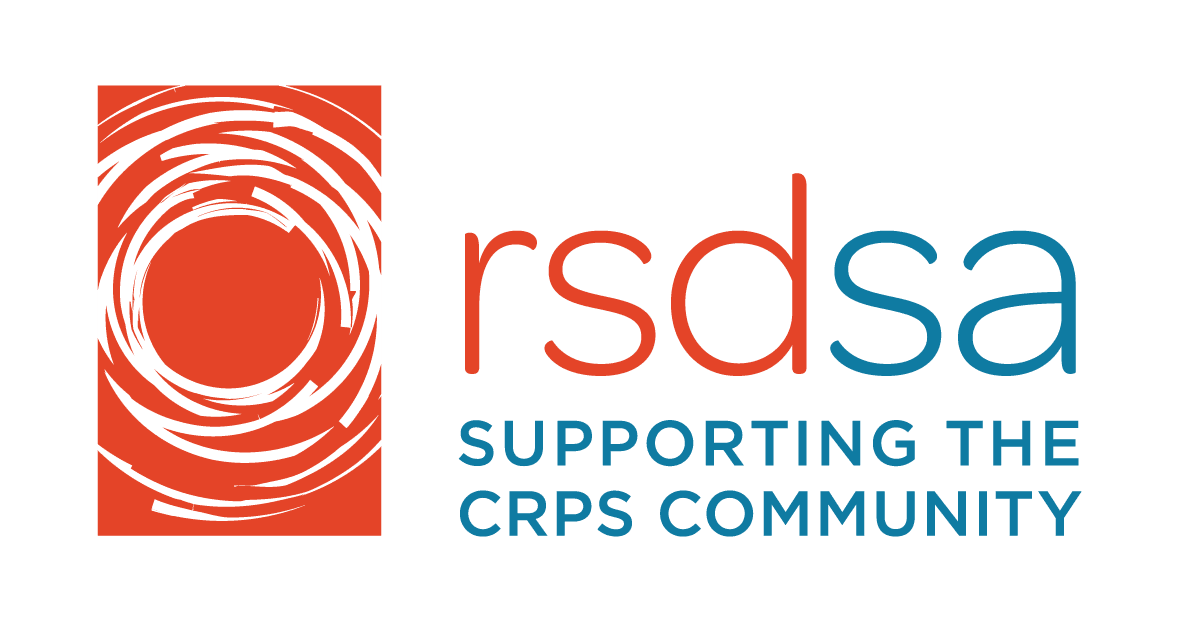
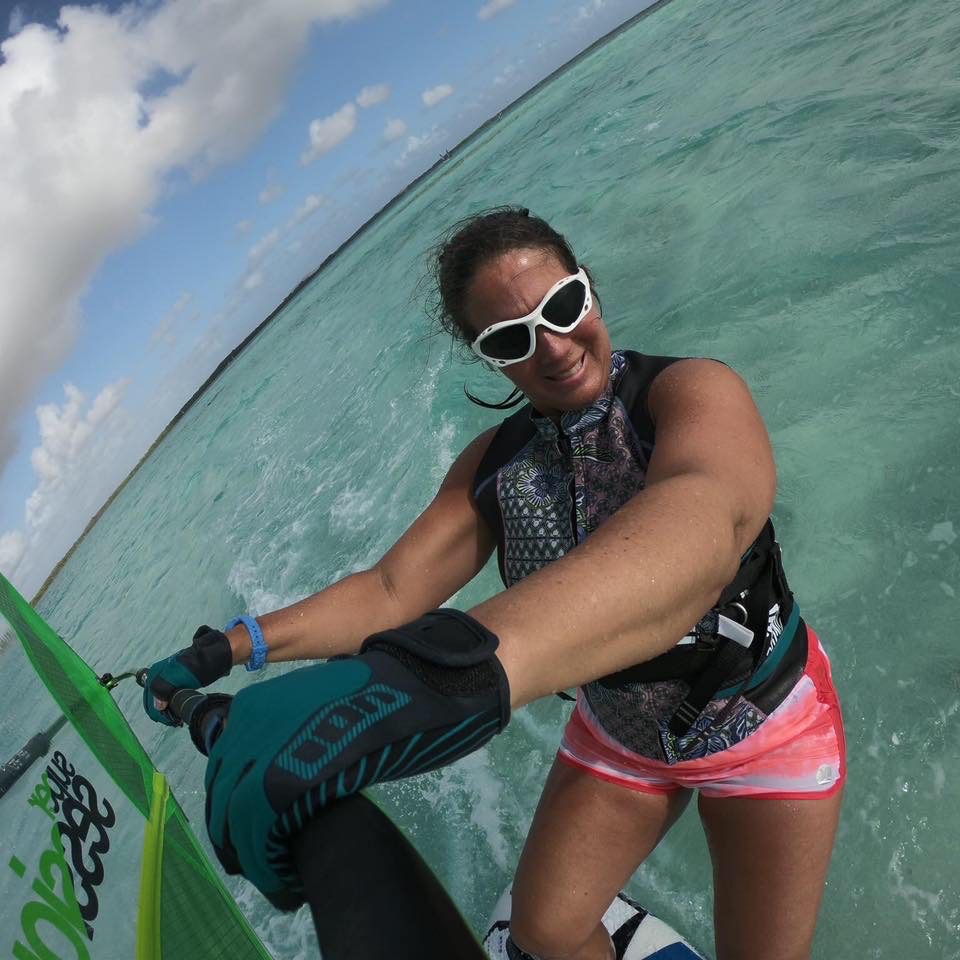 I turned 50 in January 2019. Fifty was supposed to be my year. I even did the SNL Sally O’Malley skit as a joke on my birthday.
I turned 50 in January 2019. Fifty was supposed to be my year. I even did the SNL Sally O’Malley skit as a joke on my birthday. 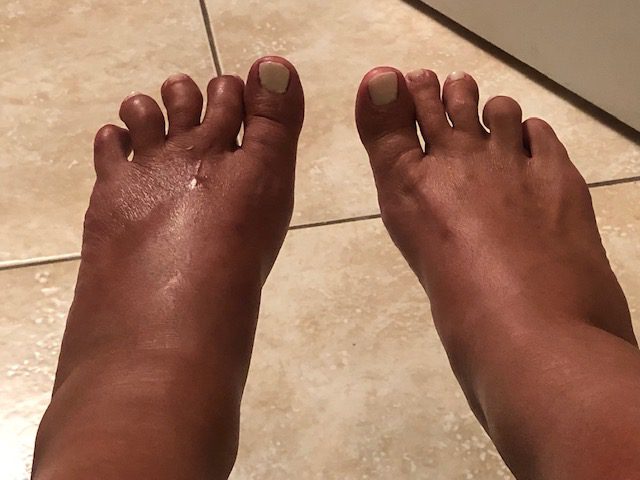

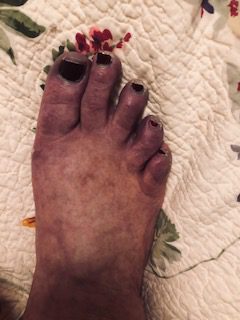 How and when did you develop CRPS/RSD?
How and when did you develop CRPS/RSD? 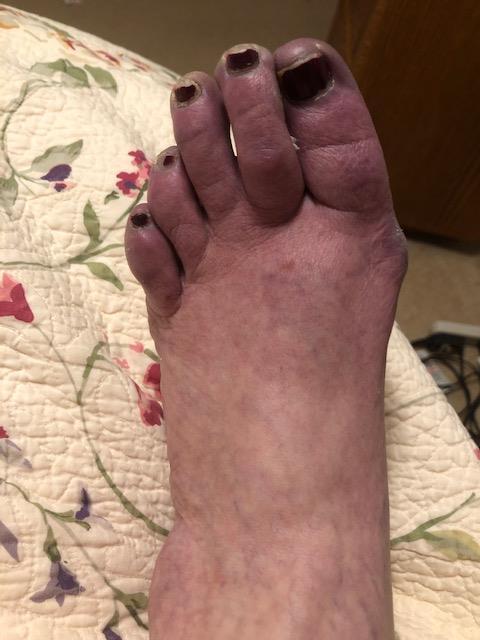
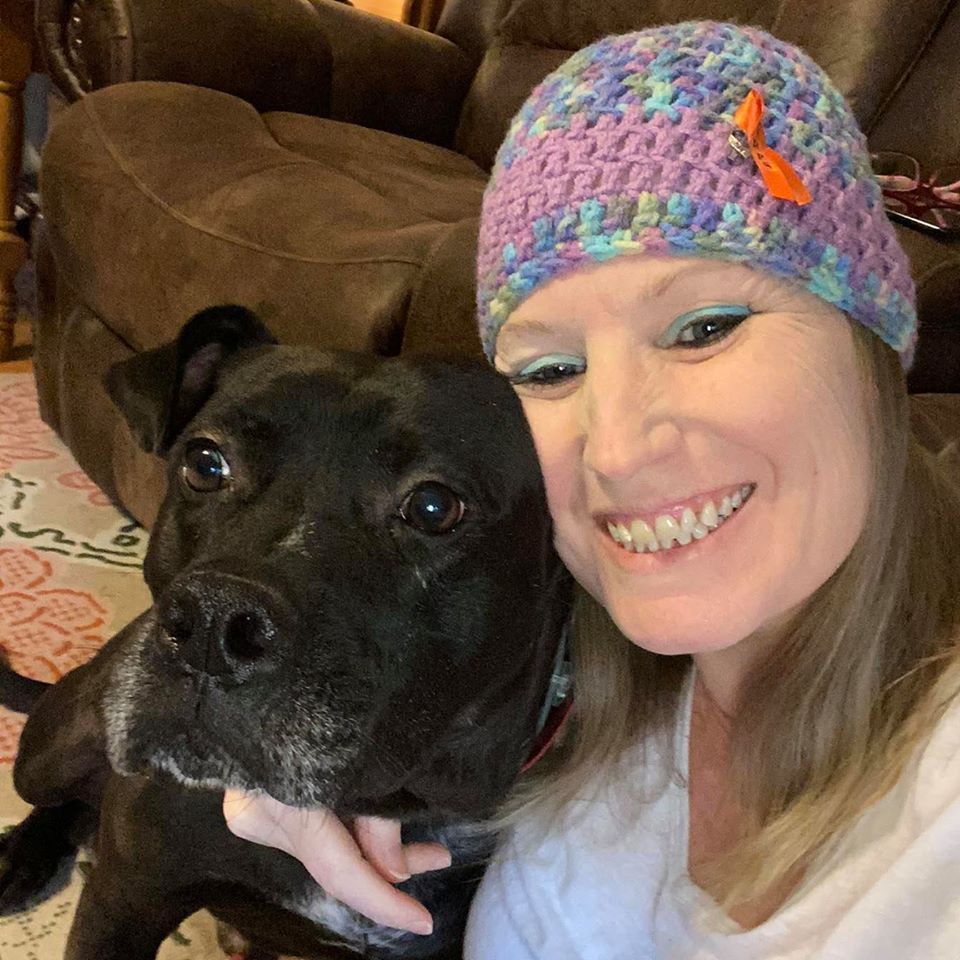 How and when did you develop CRPS/RSD?
How and when did you develop CRPS/RSD? 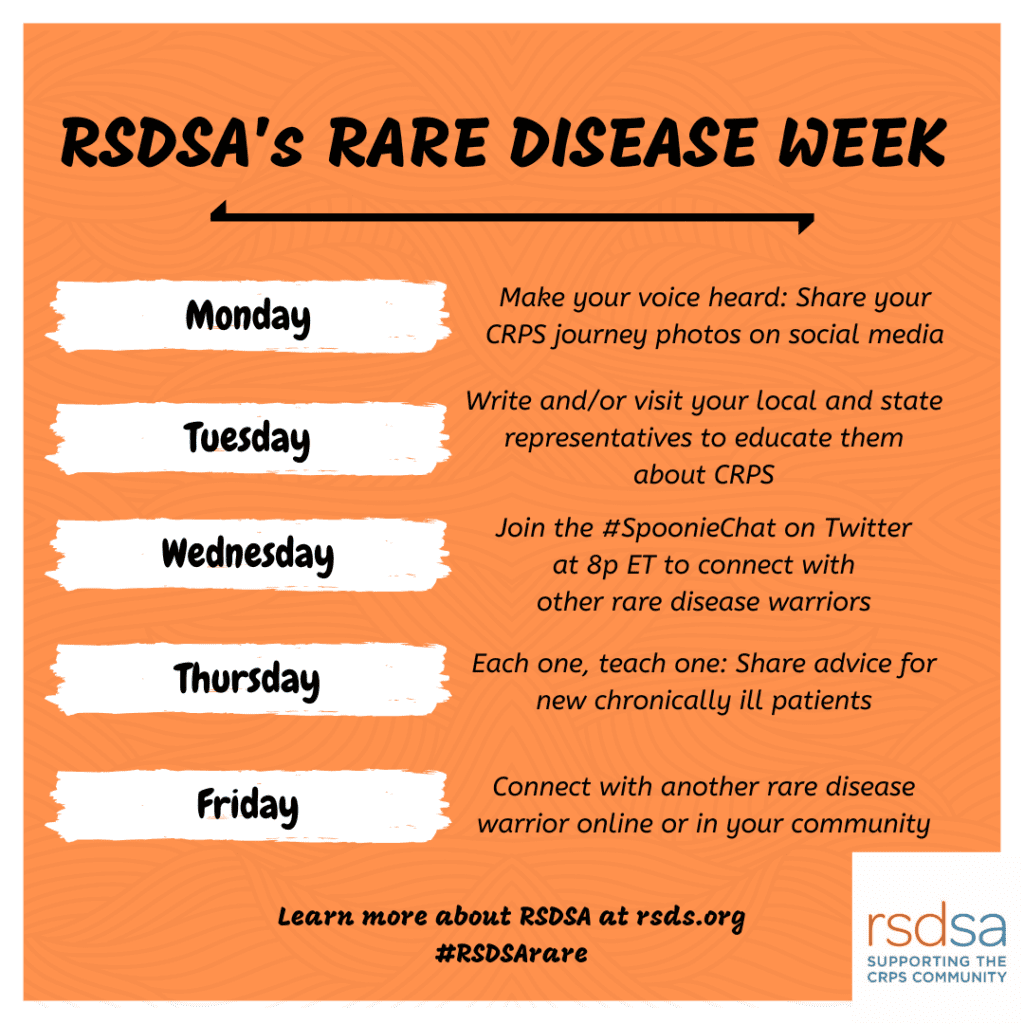
 Hi there. This is a part of my CRPS story.
Hi there. This is a part of my CRPS story.